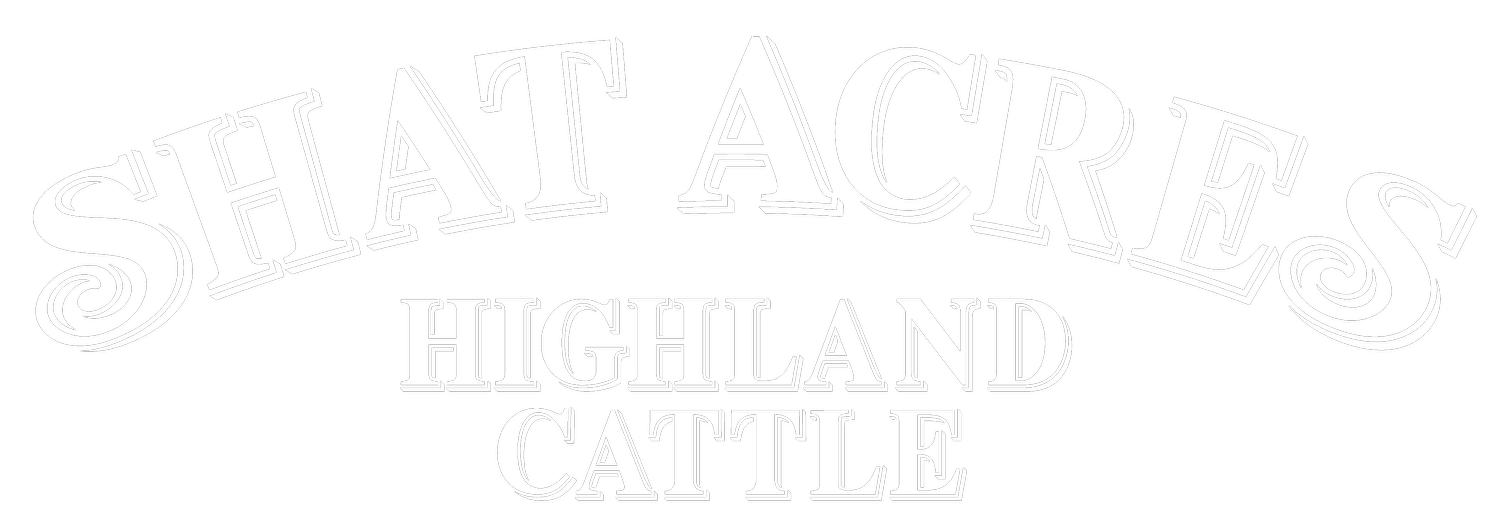Seeding
The day started with “We don’t have to worry about when Caylea is going to calve. Look out the window.” It was 5:45 am, and a small brown bundle lay curled and wet in the calving pen. Grabbing the iodine and the Vitamin E shot we rushed up to the barn. Scooping up the calf, Ray quickly carried it to the barn with momma Caylea in hot pursuit. Nothing wrong with that calf’s lungs! He blatted loudly and profusely all the way to the barn. Not all of our cows would let her calf be removed and carried to the barn without being aggressive to the baby thief, but Caylea is not your ordinary cow.
After the Vitamin E and Selenium shot was administered, navel trimmed and dunked in iodine, Caylea and son were left to themselves to bond in the dry straw of their pen. Off Ray headed to our other farm 40 miles away to do chores and check on babies there. On his way back to Plainfield he called when he got service in Hardwick. “I found you something you are really going to like. It runs on a battery. Should I buy it?”
And so the Wizz came home. With this winter's freezing and thawing, more rain than snow, the pasture where we feed the Highlands their hay had become trodden and muddy. Our regenerative intensive cell grazing requires all of our paddocks to be lush and green during the summer, with rapid regrowth of grass when the cattle are in other paddocks. That sea of mud did not look like it would be conducive to quick recovery of spring and summer feed. Using the drag harrows, Ray smoothed out ruts and helped the soil dry more quickly. We decided to seed down the dirt-bare paddocks with Winter Rye and Pasture Mix. Due to their deep roots much of the established forage would return, but we wanted to speed up the process of getting those paddocks back into shape.
With so many spring tasks ahead for Ray, I volunteered to do the seeding. Against Ray's recommendation, I purchased a Scott's push seeder. That seemed the easiest way to get the rye and grass seed onto the pasture. It was not. It was a disaster. That cute little push seeder might have been perfect on a level, manicured lawn, but clumps of manure, tire tracks and the occasional pile of left over hay made it impossible for the little wheels of the seeder to navigate. I never tipped over the whole load of seeds into a pile in the dirt but came pretty close several times. I don't think Ray ever said, "I told you so," but I am sure he thought it.
Searching for a better alternative at feed and hardware stores, he discovered the Wizz.
Pulling the trigger on that little contraption as I walked, the seeds splayed on in front of me in a perfect little arch. Yes, I walked a lot of steps on that two-acres section, but I never imagined seeding ground could be so satisfying. Seeing those little nuggets of energy and growth laying in nice little rows was worth every step. First the rye was applied, as it is a bigger seed than the pasture mix and required a different setting on the Wizz. Then the grass seeds. All the while, enjoying our breathtaking view of the Green and Adirondack Mountains and our Highlands munching on hay or feeding their babies. As I walked, the gift of spring-like air so long coming filled my lungs and washed over me.
It felt good to connect with the Earth and to care for the land we are blessed to be entrusted with. I am eager to see the little rye and grass seeds sprout, green up the once muddied dirt, become a lush verdant carpet, and nourish our momma Highlands as calves cavort in the new grass.
As another day on the farm drew to a close, the sky between heaven and earth glazed the mountains red, yellow, and orange, gifting us with a perfect sunset.
